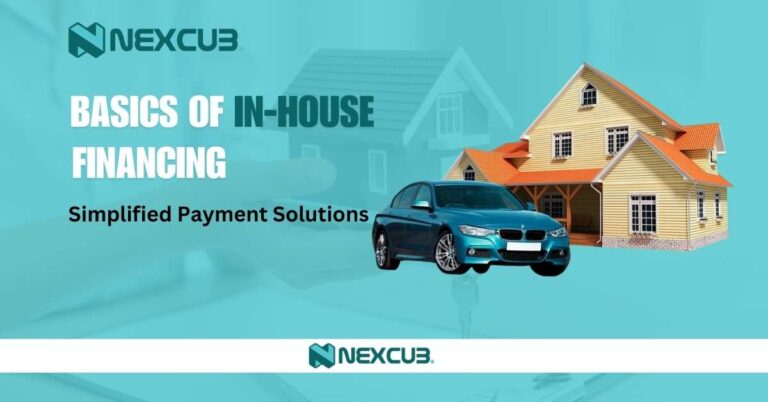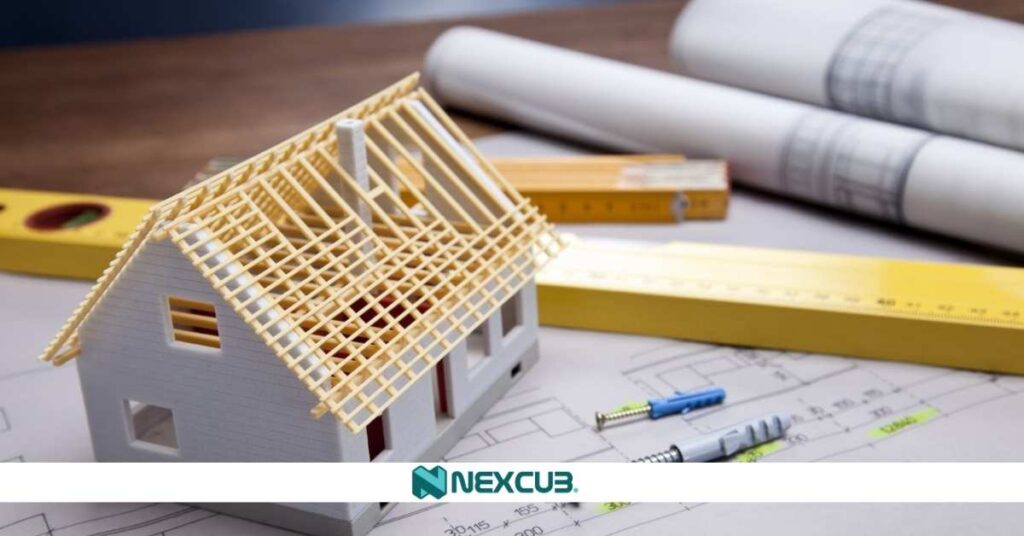Our Location
304 North Cardinal St.
Dorchester Center, MA 02124

In-house financing is when businesses provide loans or payment plans directly to their customers, bypassing third-party lenders. This method simplifies the buying process, making it easier for customers to afford big-ticket items like cars, furniture, or even home improvements. For businesses, it’s a way to boost sales while keeping customer relationships closer.
Curious about how in-house financing works and why it’s a game-changer for buyers and businesses alike? Let’s break down the basics so you can decide if it’s the right choice for you!
In-house financing is a system where businesses act as lenders, offering credit or payment plans directly to their customers without relying on traditional financial institutions. This method is common for high-cost purchases such as auto loans, furniture financing, or home improvement projects.
By bypassing banks, businesses simplify the process, providing faster approvals and customized terms. It’s especially appealing to customers with bad credit or limited options for traditional loans. However, the interest rates on in-house financing can be higher, making it vital to weigh the benefits and costs carefully.
In-house financing has simpler requirements than traditional loans, making it accessible to a broader range of customers. Businesses offering this option often focus on factors beyond just a credit score, providing more opportunities for those with limited credit histories. However, you’ll still need to meet certain basic qualifications to get approved.
These requirements ensure businesses minimize risks while offering more flexible financing to their customers. Always check specific criteria with the company providing the loan.
In-house financing is a game-changer for individuals who face challenges securing traditional loans. By offering flexible terms and relaxed credit requirements, it opens doors for many buyers who might otherwise struggle to finance major purchases.
This approach is especially helpful for those looking to build or rebuild their credit while accessing the products they need.
Allows businesses to act as lenders, providing customers with credit directly rather than involving a bank or third-party financial institution. The process starts with the customer applying for a payment plan at the business.

Approvals are often quicker, as the business evaluates eligibility based on factors like income and payment history, not just credit scores. Once approved, customers make payments directly to the business, usually in monthly installments. This streamlined approach benefits both buyers and sellers, as it simplifies financing for large purchases.
If you’re struggling to get approved for traditional loans due to poor credit or a lack of credit history, in-house financing can be a lifesaver. It’s also ideal if you want faster approval and more flexible repayment terms. However, it’s essential to assess your ability to meet the repayment schedule and understand the interest rates involved.
This type of in-house financing is common in the auto industry. Dealerships offer payment plans directly to customers, often targeting buyers with poor credit or no credit history. Payments are usually made weekly or biweekly, sometimes directly at the dealership. While it’s convenient, interest rates tend to be higher than traditional car loans.
Retailers like furniture stores and electronics shops often use installment financing. Customers make a down payment and then pay off the remaining balance in fixed monthly payments. This method is ideal for large purchases like appliances or home furnishings, providing affordability without needing external credit approval.
In this model, businesses allow customers to delay payments for a set period, often interest-free. Common in home improvement and healthcare industries, deferred payment plans help buyers access services immediately while managing their finances over time. However, missed payments after the deferral period can incur steep penalties.
Popular for items like electronics and furniture, this option allows customers to lease products with the intent to own them after completing payments. It’s an attractive choice for those who lack upfront funds but want eventual ownership, though total costs can exceed outright purchase prices.
In-house financing car lots are dealerships that provide vehicle loans directly to buyers, cutting out traditional banks or third-party lenders. Commonly referred to as Buy Here, Pay Here (BHPH) dealerships, these lots cater to customers with poor credit or no credit history.

They handle both the sale and the financing process, allowing buyers to make payments directly to the dealership. These lots are often more lenient with credit requirements, making car ownership accessible to those who might struggle to get approved elsewhere.
With in-house car financing, the process starts at the dealership. Customers apply for a loan, and approval is often based on proof of income, employment stability, and down payment ability rather than a traditional credit score.
Once approved, the dealership creates a repayment plan tailored to the buyer’s financial situation. Payments are typically made weekly or biweekly, directly to the dealership.
This system simplifies purchasing for buyers, especially those with bad credit, but comes with higher interest rates and shorter loan terms. Additionally, missing payments can lead to repossession, so understanding the terms before signing is essential.
In-house financing offers convenience and accessibility but requires careful budgeting to avoid financial strain.
Read: DSCR Loan Requirements: Everything You Need to Know
Choosing between bank financing and in-house financing depends on your financial situation. Bank financing often provides lower interest rates and more flexible terms, making it a better option for buyers with good credit.
Banks also report loans to credit bureaus, helping you build your credit over time. However, the application process can be lengthy and strict, with high credit score requirements. On the other hand, in-house financing is ideal for individuals with bad credit or no credit history.
Dealerships offering in-house financing prioritize income and employment stability over credit scores, leading to faster approvals. While convenient, it typically comes with higher interest rates and shorter repayment terms. Evaluate your financial standing and loan terms before deciding which route suits your needs.

Stores offer in-house financing to attract more customers and boost sales. By providing flexible payment plans, they make it easier for shoppers to afford big-ticket items like cars, appliances, or furniture.
It also builds loyalty, as customers interact directly with the business for payments. Additionally, in-house financing increases profitability since stores earn interest on the loans they provide, creating a win-win situation for buyers and sellers.
If in-house financing isn’t the right fit, explore these alternatives:
With direct financing, buyers secure a loan from a bank, credit union, or online lender before purchasing. This option often offers lower interest rates and longer repayment terms. It also allows you to shop for better loan terms independently of the seller.
Dealer financing involves securing a loan through the dealership, which partners with external lenders. The dealership handles the paperwork, but interest rates may vary depending on your credit score and lender. It’s a convenient option if you want to simplify the buying process.
In-house financing offers a convenient option for buyers who need flexible payment plans or face challenges with traditional loans. While it simplifies the purchasing process and caters to those with poor or no credit, it often comes with higher interest rates.
Exploring alternatives like direct or dealer financing can help you find the best terms for your needs. Ultimately, the right choice depends on your financial situation and long-term goals. Always compare options and read the terms carefully to make a well-informed decision.
In-house financing refers to a system where businesses provide loans or payment plans directly to customers, bypassing traditional banks or lenders.
In-house financial involves businesses managing their own lending programs, offering credit to customers without involving external financial institutions.
An in-house financial statement is an internal report prepared by a company to assess its financial position without relying on external audits or reviews.
Home financing refers to securing funds, typically through loans or mortgages, to purchase, build, or renovate a house.